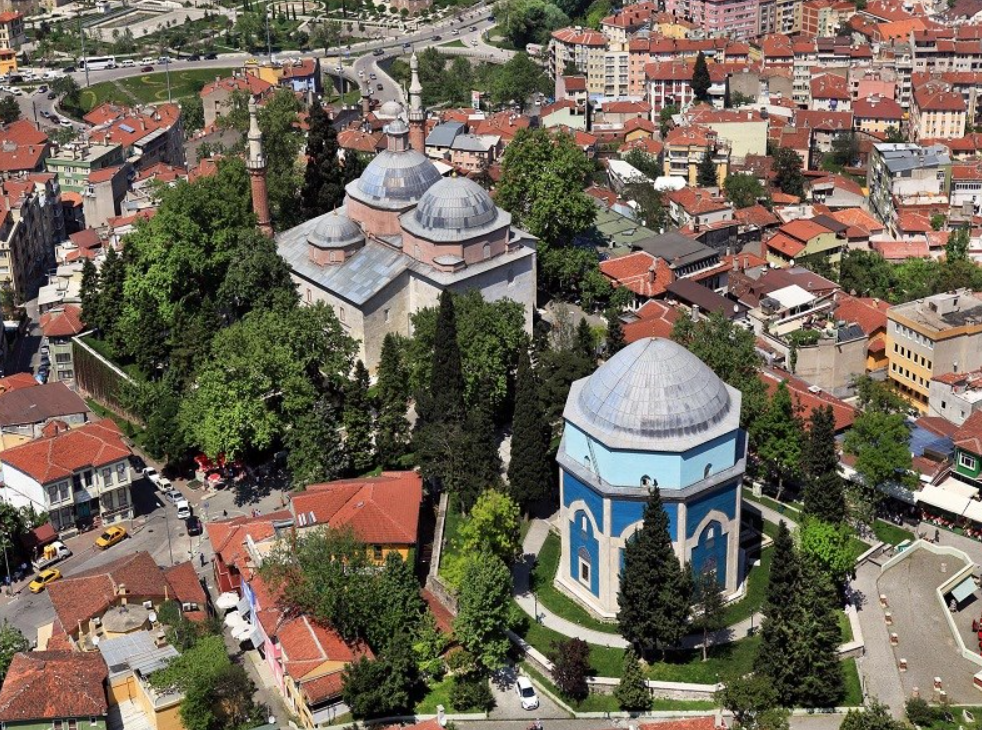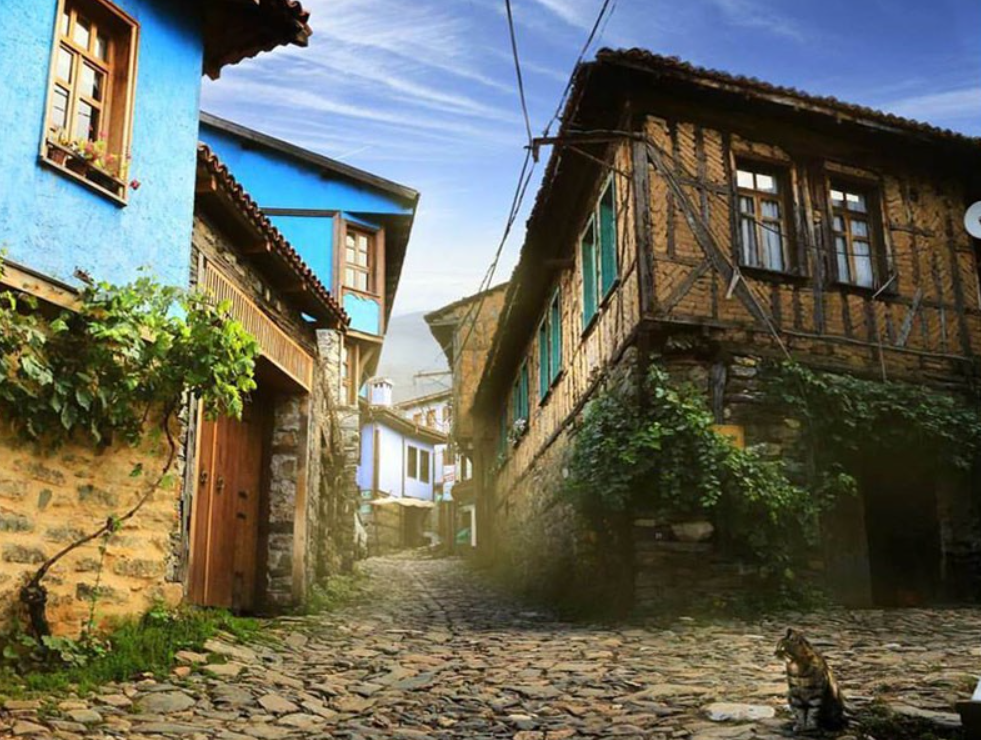Yıldırım constitutes one of the central administrative units of Bursa province. The district is located on the eastern axis of the Bursa metropolitan area. Yıldırım has a settlement structure where industrial, commercial, and residential areas interact.
Yıldırım District Introduction (Yıldırım District Governorate)
Historical Development
Yıldırım's historical roots extend back to the Chalcolithic period in light of archaeological findings. The region, which remained under the administration of the Bithynian Kingdom, Roman, and Byzantine Empires in subsequent periods, came under the rule of the Ottoman Empire in 1326. Becoming a strategic settlement center during the Ottoman period, Yıldırım takes its name from the Ottoman Sultan Yıldırım Bayezid. Significant structures were built in the region as part of Sultan Bayezid's urban development activities in Bursa, and the Yıldırım Bayezid Complex is one of the notable works of this period. Following the establishment of the Republic of Tükiye, significant demographic and economic growth was observed in Yıldırım with the urban expansion of Bursa, and Yıldırım gained central district status in 1987.
Geographical Location
Yıldırım district is located east of Bursa city center, on the northern foothills of Uludağ. Geographically, the district borders Gürsu and Kestel districts to the north, Kestel district to the east, Uludağ to the south, and Osmangazi district to the west. The Yıldırım terrain, which has a heterogeneous topographical structure, is shaped by various streams and valleys originating from Uludağ. There is no distinct river network within the district boundaries. However, the forested areas and natural landscape on the foothills of Uludağ constitute important geographical features of the district.
Climate
In Yıldırım district, a transitional climate zone between Mediterranean and Black Sea climate types prevails. This leads to hot and dry weather conditions in summer and mild and rainy conditions in winter. However, in the high-altitude southern parts of the district, lower temperatures and snowfall can be recorded during winter months due to the influence of Uludağ. The annual average temperature value is approximately in the range of 14-15 °C.
Population and Demographic Structure
As of 2024, the population of Yıldırım district has been recorded as 654,998. This value confirms the high population density of the district within the Bursa metropolitan area. When examining the population change over time, an increase of 0.9% compared to the previous year is observed. Yıldırım continues to be one of Bursa's important demographic centers.
Economic Activities
Yıldırım district plays an important role in the economic structure of Bursa province. Industry, trade, and service sectors are well-developed in the district. Particularly, a large number of businesses operate in manufacturing branches such as textile, automotive sub-industry, machinery, and metal industry. Industrial zones within the district boundaries constitute an important source of employment. Commercial activities are concentrated especially in the district center. Various business centers, retail outlets, and traditional markets contribute to the district's economy. In the service sector, there are establishments operating in areas such as education, health, transportation, and accommodation. The geographical proximity to Uludağ has indirect effects on the district's economy through the tourism sector.
Turizm, Culture, and Cuisine
Yıldırım district stands out with its historical and cultural heritage. The Yıldırım Bayezid Complex (mosque, madrasah, hammam, darüşşifa, and imaret), an important complex from the Ottoman Empire period, is one of the symbolic structures of the district. Additionally, other important historical structures such as the Emir Sultan Complex and the Green Tomb are also located within Yıldırım district boundaries. The district's proximity to Uludağ offers winter tourism potential. In summer, Uludağ's natural beauties and plateaus provide suitable environments for recreational activities.
Yıldırım's culinary culture reflects the general gastronomic characteristics of Bursa. Local delicacies such as Iskender kebap, pideli köfte, cantık, and candied chestnuts are offered in various restaurants in the district. In addition, there are different flavors in the local cuisine due to the influence of Balkan and Caucasian immigrants.

Green Tomb (Yıldırım District Governorate)

Cumalıkızık (Yıldırım District Governorate)


